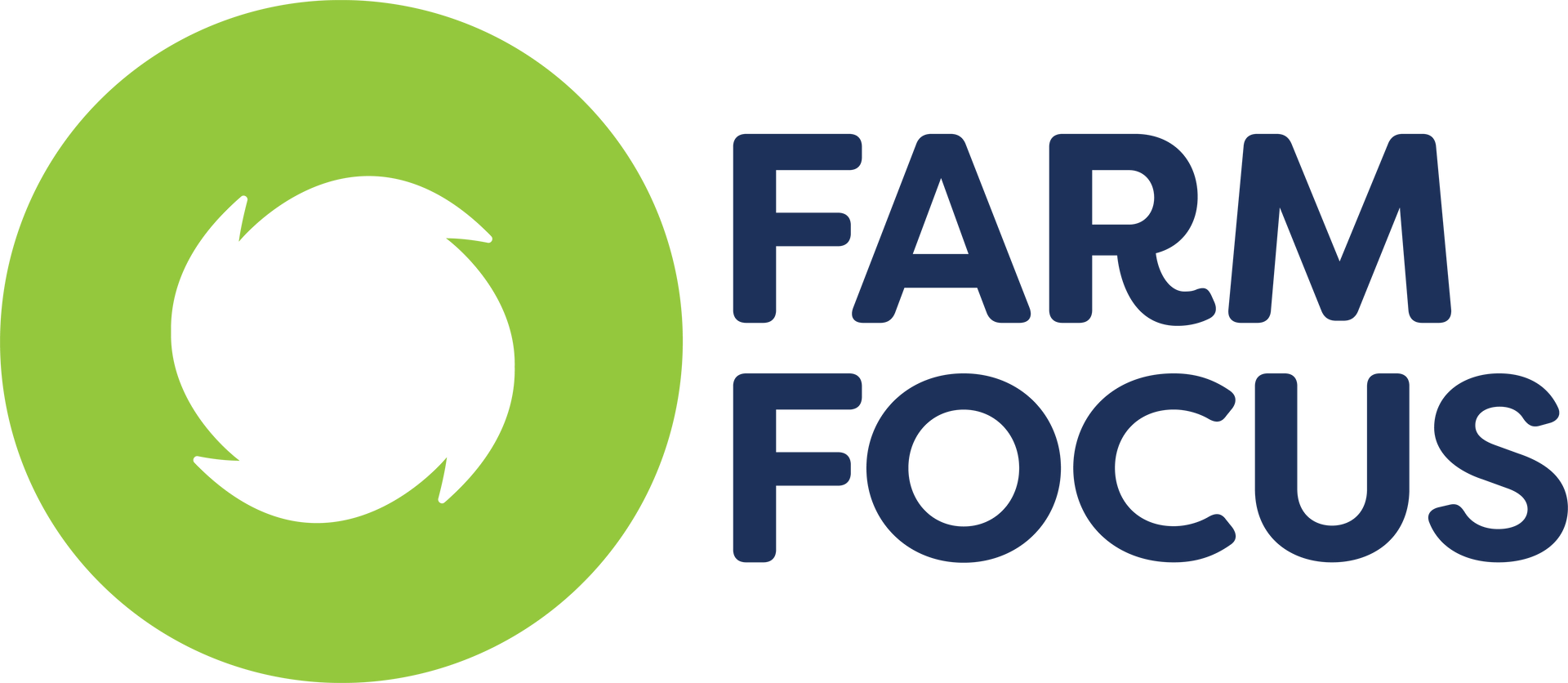Budget Tax Changes
The Back Pocket Boost
Budget - Tax Threshold Changes
Budget 2024
The core of the 2024 New Zealand Budget is tax relief for working families and restrained public spending. Households anxious about cost of living and job security make cautious consumers. Businesses coping with rising overheads and shrinking retail spends tend to tighten up to maintain cash flow. Changes to the bright-line test and interest deductibility made it easier for property investors but removal of the First Home Grant makes it harder for first home buyers. If we can cool inflation during the second half of the year, interest rates might cool too. It is hoped that the boosts to the back pocket and to families will inject a bit more optimism in the meantime.
The Back Pocket Boost
Changes to personal income tax thresholds take effect from 31 July. This is designed to give New Zealanders some breathing space after several years where higher wages dragged them into higher tax brackets due to inflation.
Businesses need to note that the current thresholds apply for the first 3 months and 30 days of the 2024–25 tax year; the new thresholds for the remaining period. For the 2024-25 year only, composite tax rates will apply:
Taxable Income Composite tax rate
0 – $14,000 10.5%
$14,001 – $15,600 12.82%
$15,601 – $48,000 17.5%
$48,001 – $53,500 21.64%
$53,501 – $70,000 30.00%
$70,001 – 78,100 30.99%
$78,101 – 180,000 33.00%
$180,001+ 39.00%
Employers need to ensure their payroll providers make the necessary changes to their systems for 31 July.
The tax threshold changes have a knock-on effect on fringe benefit tax (FBT), employer superannuation contribution tax (ESCT), retirement scheme contribution tax, RWT and prescribed investor rates.
RWT is affected from 31 July 2024. Taxpayers who pay RWT on interest and dividend income should consider whether they should change their elected RWT rate to align with increases to the personal income tax threshold.
Happy to discuss any queries you may have on these changes.






